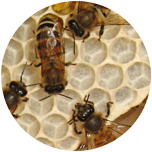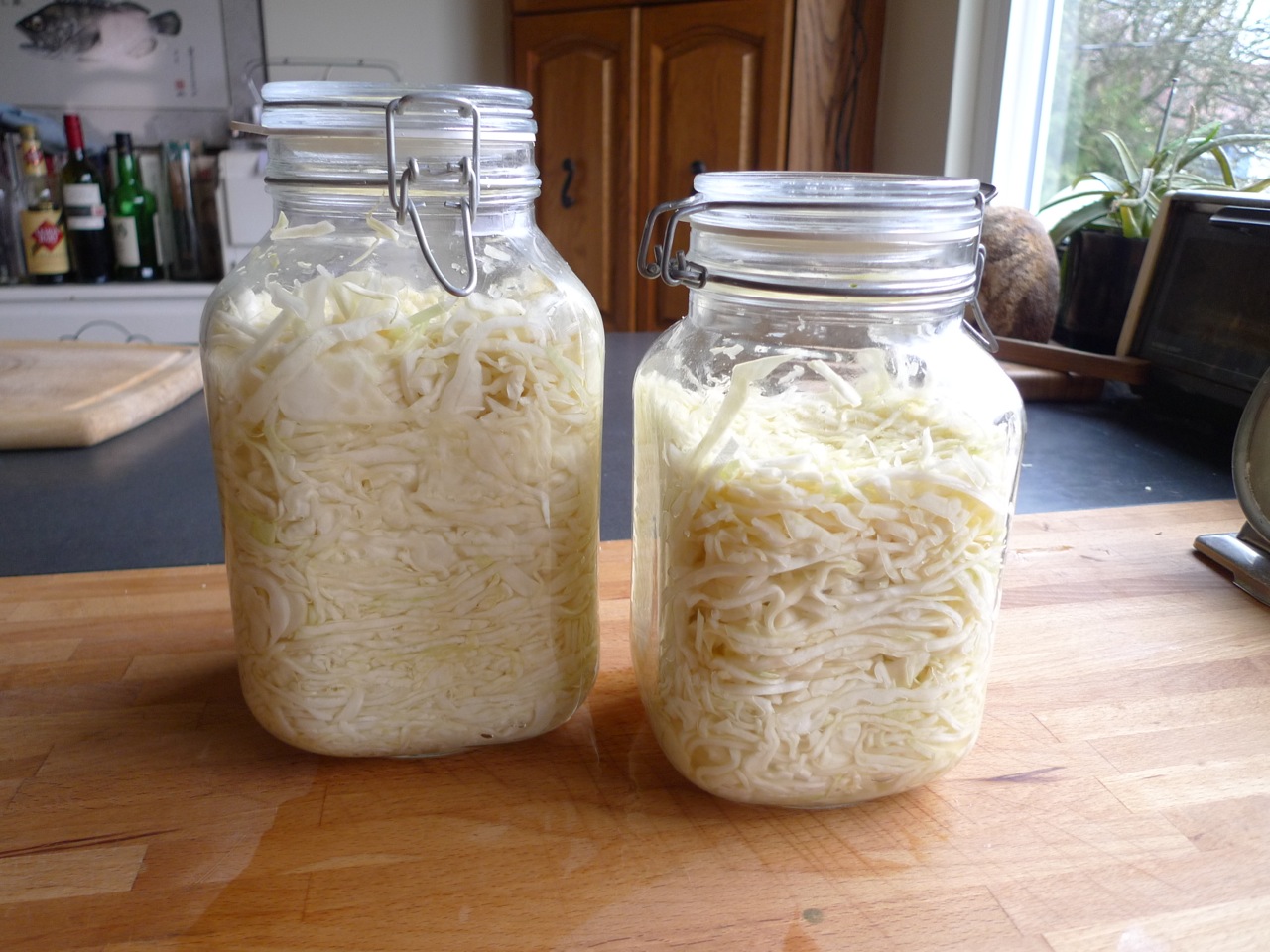Ruben’s Could Not Be Easier Sourdough—annotated
I strongly believe that we should start in a way that is the simplest possible. It is easy to make things more complex, but it is a lot harder to make them simple once you have invested a lot into…

Common Sense for the New Times

Common Sense for the New Times
I strongly believe that we should start in a way that is the simplest possible. It is easy to make things more complex, but it is a lot harder to make them simple once you have invested a lot into…










In the rainy fall weather of the Canadian Pacific southwest, plants like tomatoes and cucumbers can easily develop blights and mildews before the fruit is ripe. If you wander the back alleys of the once-Italian neighbourhood of Vancouver’s Commercial Drive,…


I recently had a social media conversation about Universal Basic Income, and I would like to expand on it here. I think a UBI may greatly increase our environmental impact—and produce only a more equitable arrangement of deck chairs on…

This is just a rant about total illiteracy of human behaviour, leading to literally the worst recycling expansion I have seen in my entire career. A contact lens weighs about 25 milligrams, so an entire year’s supply of lenses is…
